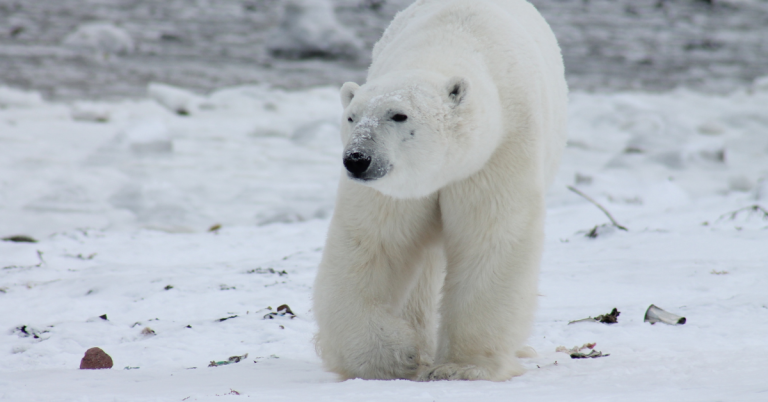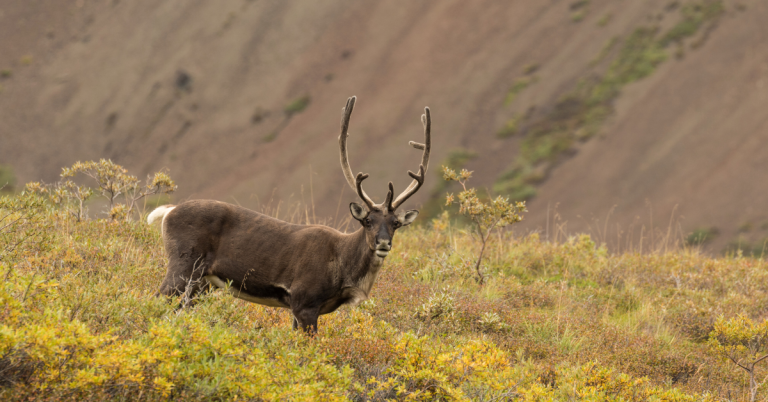Rocky Mountain elk hunting guide
Hunting Rocky Mountain elk offers a thrilling challenge amidst the rugged landscapes of North America. These majestic creatures roam the Rocky Mountains and adjoining forests, prized for their impressive antlers and elusive nature. This hunting guide provides essential insights into hunting Rocky Mountain elk, covering behavior, tactics, gear, ethical considerations, and more.
Understanding Rocky Mountain Elk Behavior:
Rocky Mountain elk are adapted to diverse mountain habitats. Key behavior traits include:
- Habitat: They favor mixed coniferous forests, meadows, and alpine regions with access to water.
- Feeding Habits: Elk graze on grasses, forbs, shrubs, and tree bark, moving between feeding and resting areas throughout the day.
- Social Structure: Bulls form bachelor groups outside the mating season, while cows and calves often gather in larger herds.
Choosing the Right Hunting Location:
Selecting optimal locations is crucial for successful elk hunting:
- Rocky Mountains: Areas in Colorado, Wyoming, Montana, and Idaho offer prime elk habitats.
- Forested Regions: Look for elk in national forests and wilderness areas where they find ample cover and food.
- Terrain Features: Focus on valleys, ridges, and transitions between open meadows and dense forests where elk feed and travel.
Effective Hunting Tactics:
Successful elk hunting demands strategic approaches:
- Bugling and Calling: Use bugling calls to attract bulls during the rut. Master cow calls for more subtle approaches.
- Spot and Stalk: Employ binoculars to spot elk from a distance, then maneuver closer for a shot, considering wind direction and cover.
- Stand Hunting: Set up near natural funnels or feeding areas early in the morning or late afternoon when elk are most active.
Ethical and Responsible Hunting:
Adhere to ethical principles for sustainable hunting:
- Regulatory Compliance: Follow hunting regulations, including permits, tags, and seasonal restrictions.
- Clean Kills: Aim for precise shots to ensure humane kills, minimizing suffering.
- Environmental Respect: Leave a minimal impact on the landscape, packing out all trash and respecting wildlife habitats.
Field Dressing and Meat Processing:
Preserve meat quality with proper handling:
- Field Dressing: Perform field dressing promptly to cool meat and prevent spoilage.
- Processing: Transport meat to a cool, clean area for processing into cuts or ground meat.
- Trophy Care: Preserve antlers and hide carefully during field dressing for mounting or tanning.
Hunting Gear for Rocky Mountain Elk:
Essential gear for elk hunting includes:
- Firearm or Bow: Choose a caliber suitable for elk, such as .30-06 or a powerful compound bow.
- Optics: High-quality binoculars and scopes aid in spotting elk at a distance.
- Clothing: Wear layered, scent-free clothing for varying weather and terrain conditions.
- Pack and Accessories: Carry essentials like water, food, first aid, and survival gear in a durable backpack.
Species and Subspecies:
Rocky Mountain elk (Cervus canadensis nelsoni) is a subspecies of elk native to the western United States and Canada. They are known for their larger body size and impressive antlers.
Hunting Legality by Area:
Understand regional hunting laws and requirements:
- Western States: Obtain appropriate licenses, and tags, and adhere to state-specific hunting regulations.
- National Parks: Hunting may be restricted or prohibited; verify regulations for specific locations.
Legal and Cross-Border Considerations:
Navigate legalities when hunting across borders:
- Permits and Documentation: Ensure proper permits for transporting firearms and harvested game.
- International Travel: Comply with import/export laws for trophies and meat when crossing borders.
Safety Tips:
Prioritize safety during elk hunts:
- Firearm Safety: Handle firearms responsibly, following all safety protocols.
- Weather Awareness: Prepare for changing weather conditions, including rain, snow, and high altitudes.
- Emergency Preparedness: Carry communication devices and have a plan for emergencies.
FAQs:
- Best Places to Hunt Rocky Mountain Elk: Explore prime elk habitats in the Rocky Mountains and nearby forests.
- Ideal Time for Elk Hunting: Peak hunting seasons vary by location but often coincide with the rut from September to October.
- Effective Elk Hunting Methods: Use bugling calls, spot and stalk tactics, or stand hunting near feeding areas.
- Reasons for Hunting Elk: Elk hunting provides a challenging pursuit, contributes to conservation, and offers sustainable meat harvests.
FAQs
Where is the best place to hunt?
Explore prime elk habitats in the Rocky Mountains and nearby forests.
What is the best time to hunt?
Peak hunting seasons vary by location but often coincide with the rut from September to October.
What are the best Hunting methods?
Use bugling calls, spot and stalk tactics, or stand hunting near feeding areas.
What is the reason for hunting?
Elk hunting provides a challenging pursuit, contributes to conservation, and offers sustainable meat harvests.






